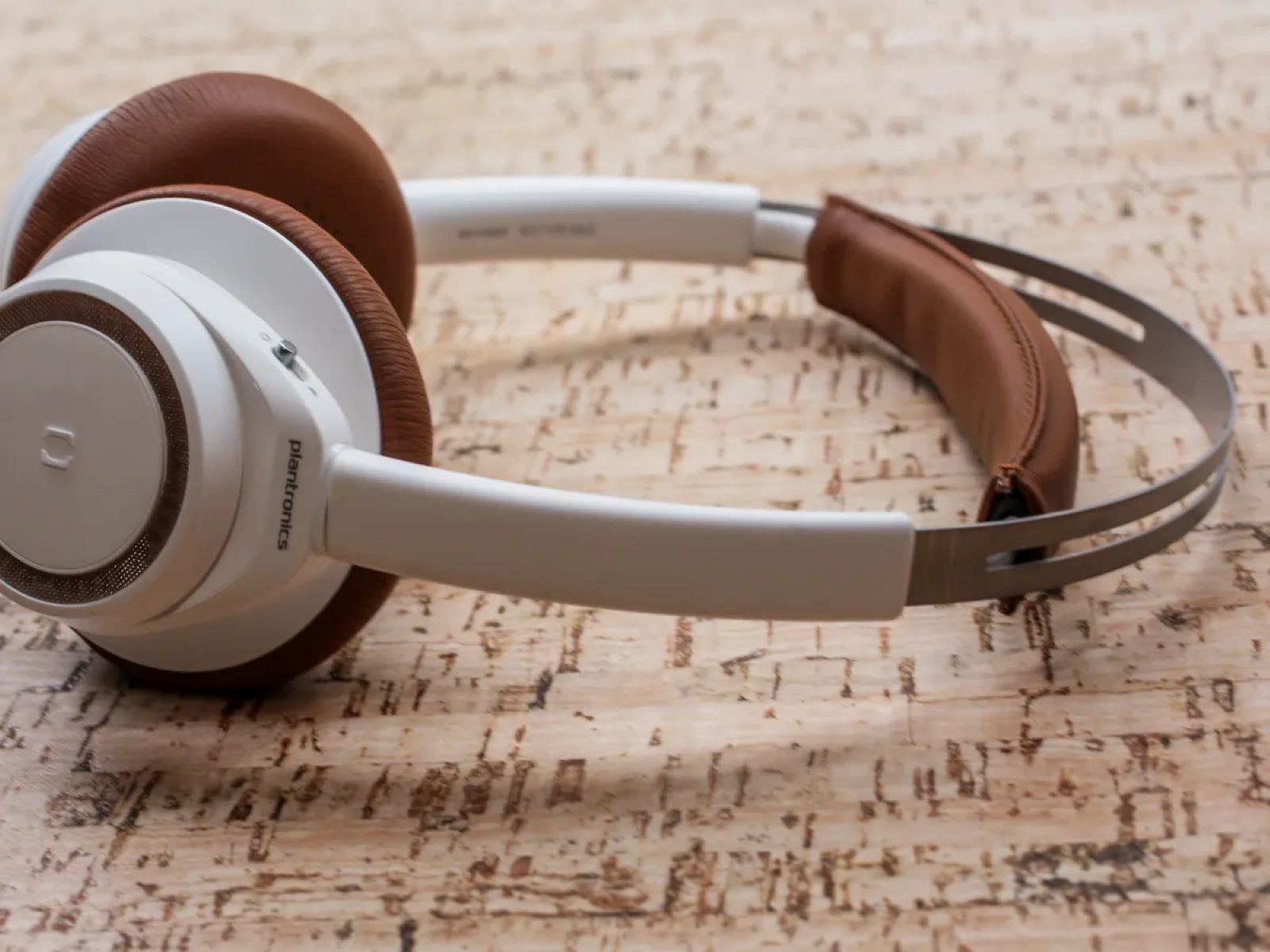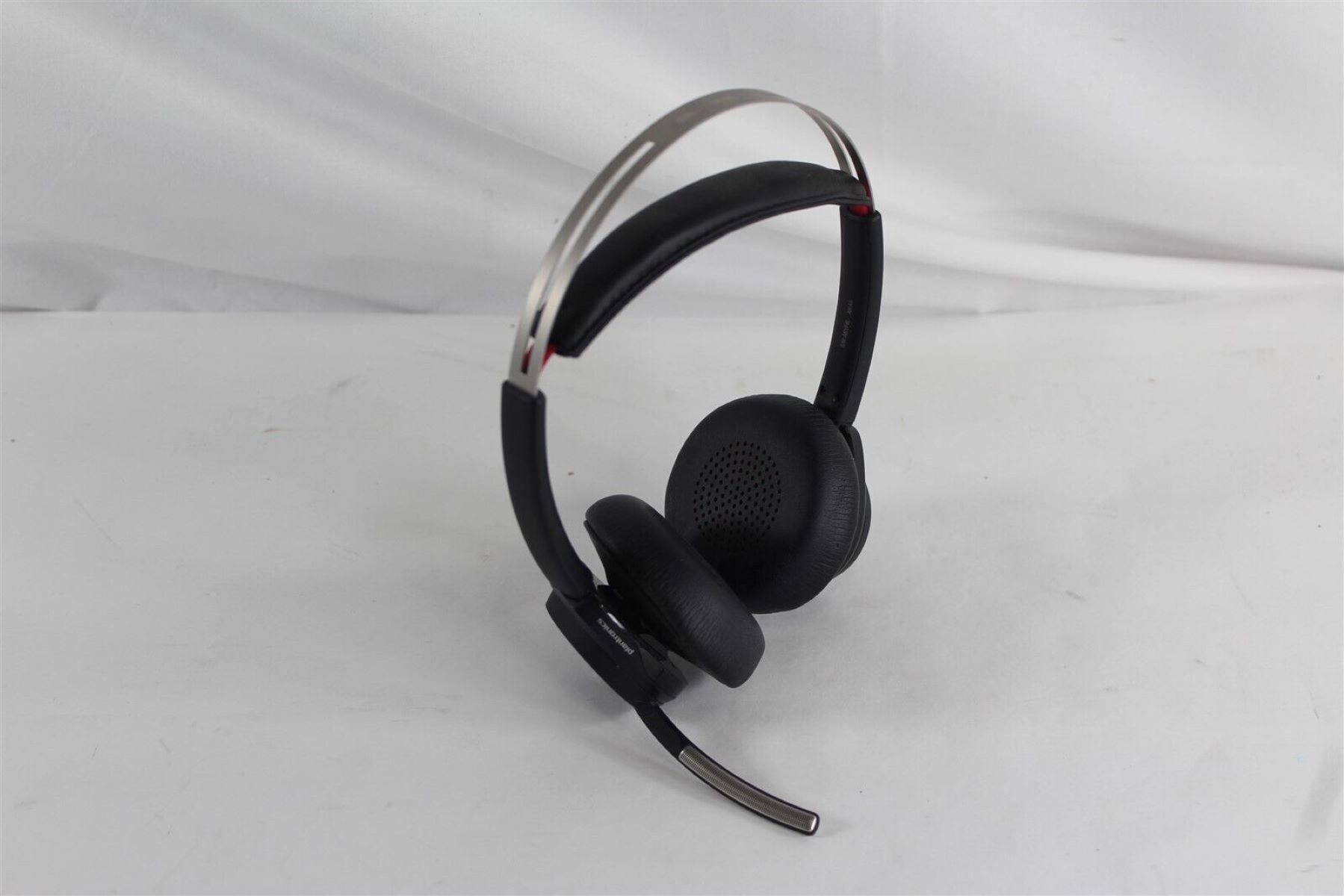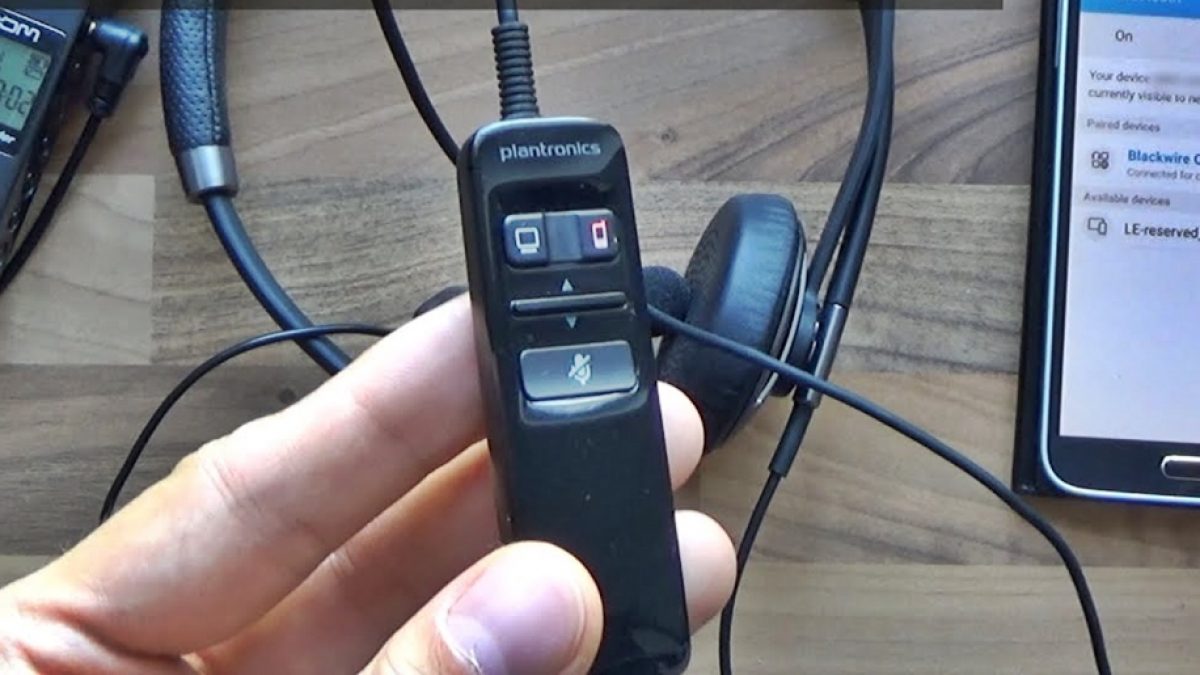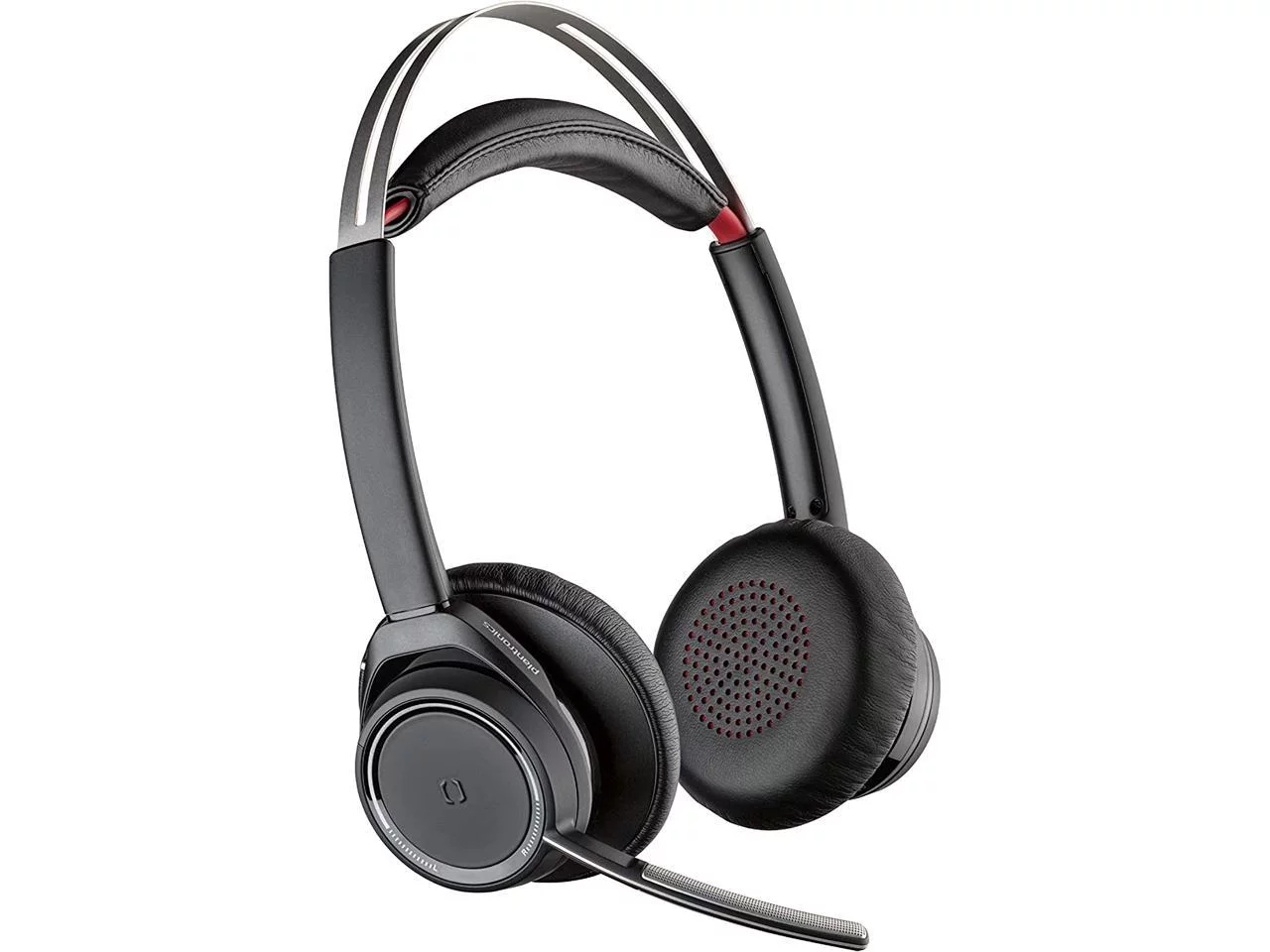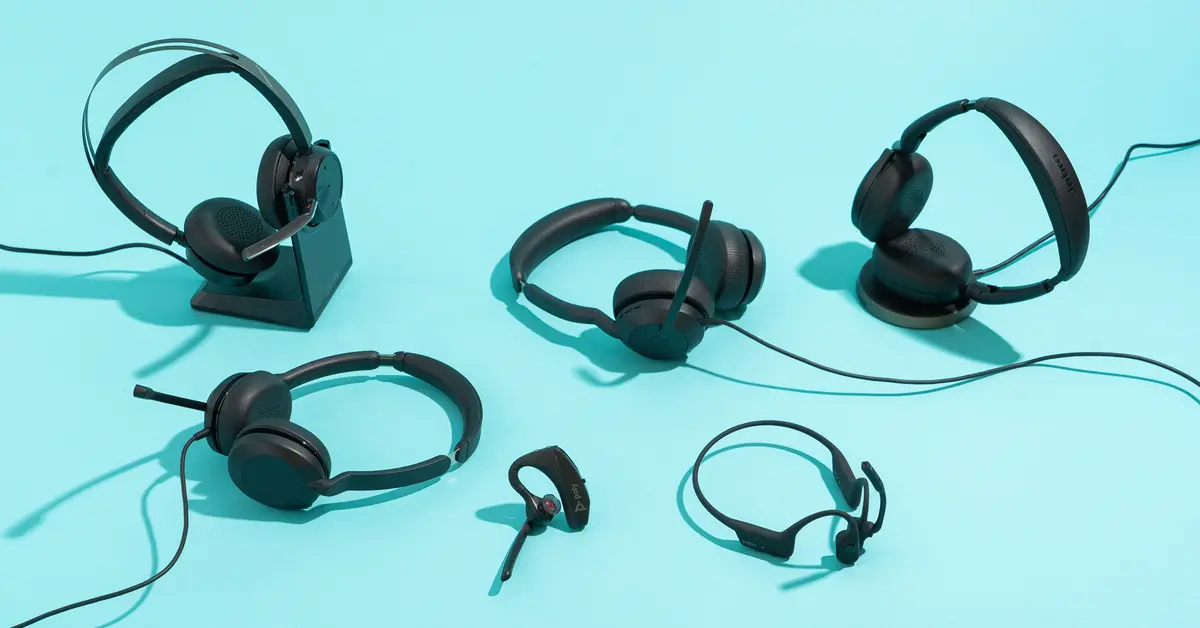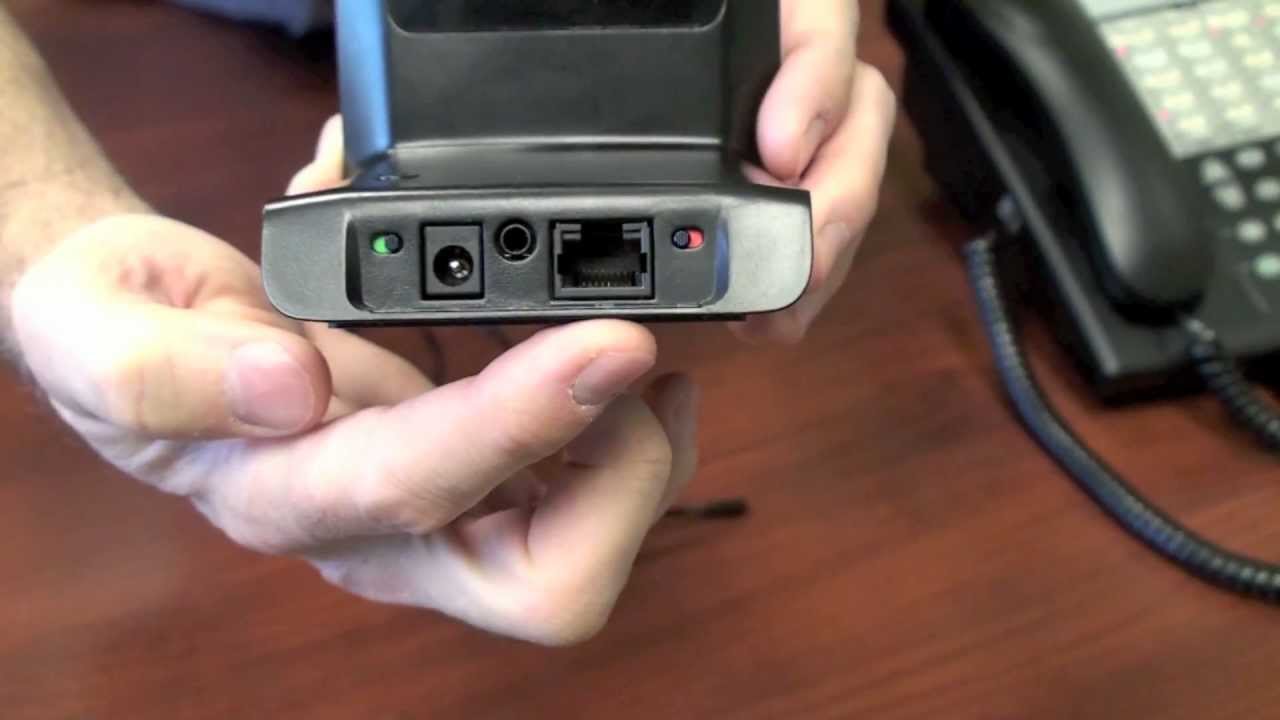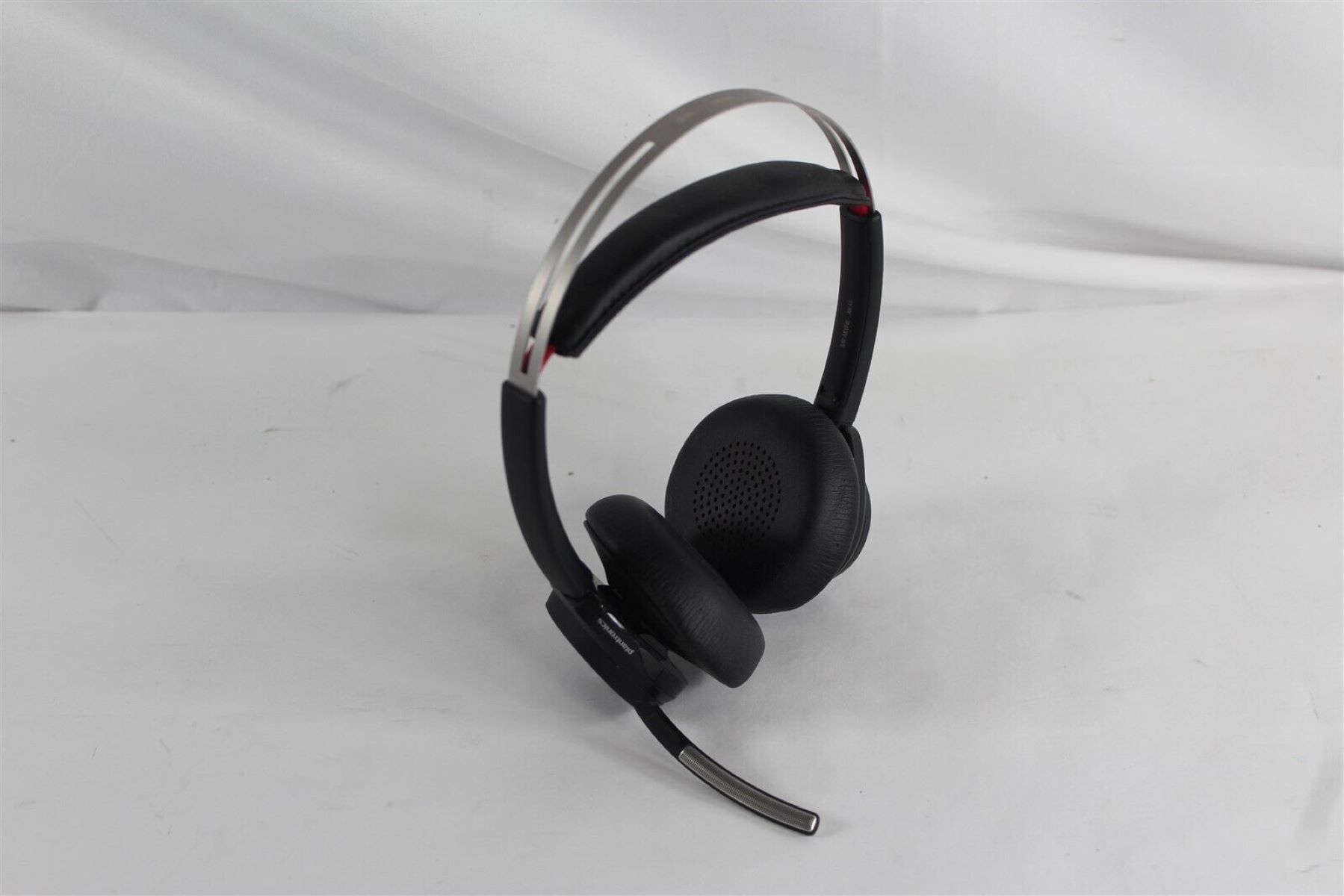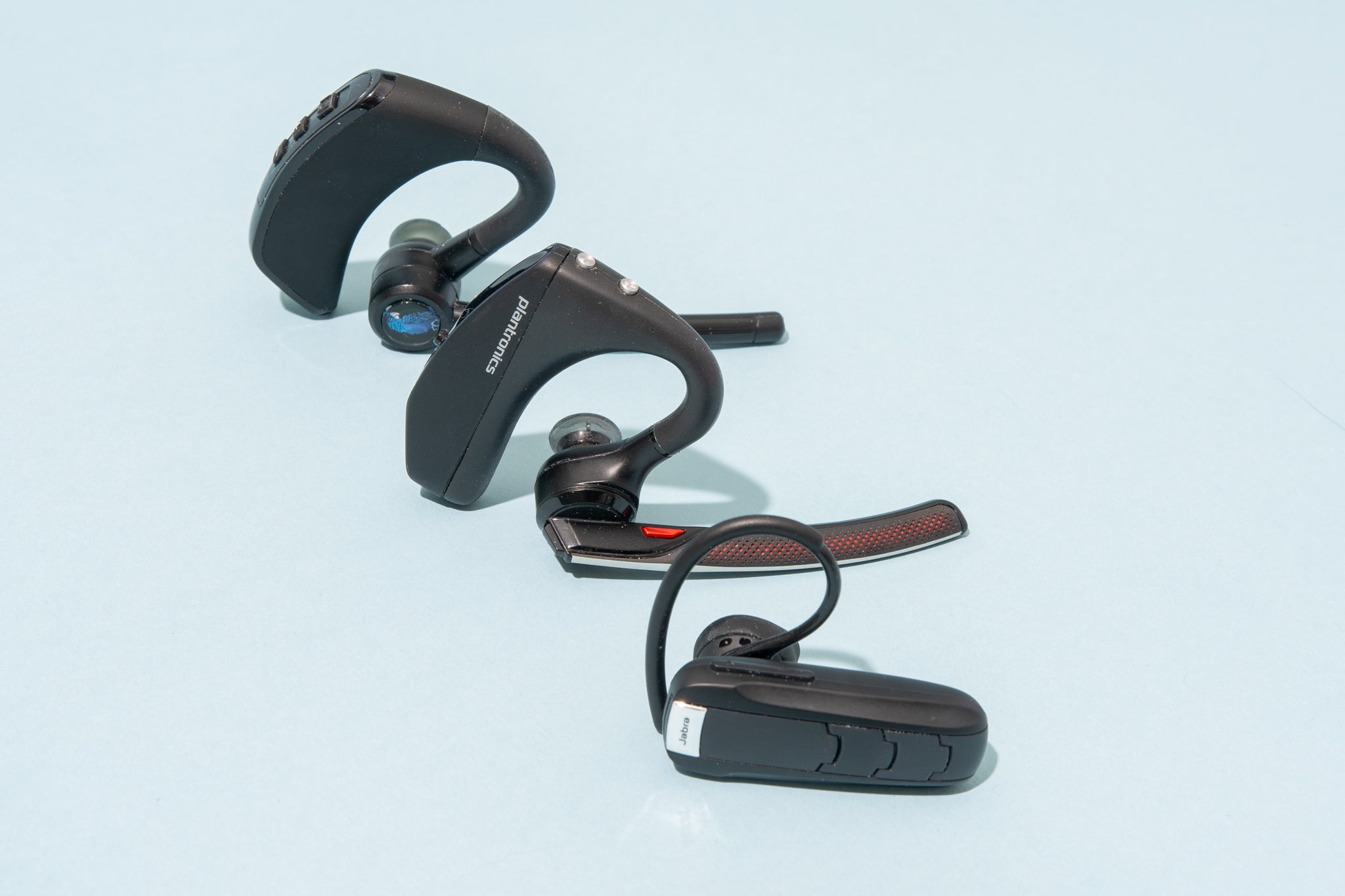Introduction
Charging your Plantronics headset is a crucial aspect of ensuring uninterrupted usage and optimal performance. Whether you're using a wireless Bluetooth headset for work, gaming, or leisure, knowing how to confirm that it's charging properly is essential for a seamless experience. This article will guide you through the process of checking if your Plantronics headset is charging, providing valuable insights and troubleshooting tips to address common issues that may arise during the charging process.
Ensuring that your Plantronics headset is charging correctly is vital for maintaining its functionality and longevity. By understanding the nuances of the charging process and being able to identify potential issues, you can take proactive measures to address any concerns and keep your headset in optimal working condition.
As we delve into this topic, it's important to note that the charging process for Plantronics headsets may vary slightly depending on the specific model you own. However, the fundamental principles and steps for checking the charging status remain consistent across various Plantronics headset models. Whether you own a Plantronics Voyager, BackBeat, or other popular models, the information provided in this article will serve as a valuable resource for confirming the charging status of your device.
By familiarizing yourself with the intricacies of the charging process and equipping yourself with the knowledge to troubleshoot common issues, you can ensure that your Plantronics headset remains powered up and ready for use whenever you need it. Let's embark on this insightful journey to demystify the charging process and empower you to effortlessly confirm if your Plantronics headset is charging as intended.
Understanding the Charging Process
Charging a Plantronics headset involves the transfer of electrical energy to the device's internal battery, replenishing its power reserves for extended usage. This process is facilitated through a charging cable that connects the headset to a power source, such as a wall adapter or a USB port on a computer or charging dock.
Plantronics headsets typically utilize lithium-ion batteries, known for their high energy density and rechargeable properties. When the headset is connected to a power source, the charging circuit within the device manages the flow of electrical current to the battery, gradually restoring its energy levels.
The charging process can be visualized as a cycle of energy transfer, where electrical power from the external source is converted and stored within the headset's battery. During this process, the battery's internal chemistry undergoes reversible reactions, allowing it to store and release electrical energy as needed. This enables the headset to maintain its functionality and provide reliable performance during operation.
It's important to note that the charging process is governed by specific voltage and current parameters to ensure the safe and efficient replenishment of the headset's battery. Plantronics headsets are designed to adhere to industry standards for charging protocols, prioritizing user safety and device longevity.
As the headset charges, the internal components manage the incoming electrical energy, regulating the charging rate to prevent overcharging, which can degrade the battery's lifespan. Additionally, built-in safety features such as temperature monitoring and overcurrent protection further safeguard the charging process, enhancing the overall reliability of the device.
Understanding the intricacies of the charging process empowers users to make informed decisions regarding the maintenance and usage of their Plantronics headsets. By grasping the fundamental principles of energy transfer and battery management, users can optimize their charging routines, prolonging the lifespan of their headsets and ensuring consistent performance over time.
By gaining insight into the charging process, users can appreciate the technological sophistication that underpins the seamless functionality of their Plantronics headsets. This knowledge forms the foundation for effectively monitoring the charging status of the device and addressing any potential issues that may arise, ultimately enhancing the overall user experience.
Steps to Check if Your Plantronics Headset is Charging
-
Connect the Charging Cable: Begin by connecting the charging cable to your Plantronics headset and the power source. Ensure that the cable is securely plugged into both the headset and the power outlet or USB port. This initial step establishes the physical connection required for the charging process to commence.
-
Observe the Charging Indicator: Many Plantronics headsets are equipped with a charging indicator light or LED that provides visual feedback regarding the charging status. Upon connecting the headset to the power source, observe the charging indicator to see if it illuminates. The presence of the illuminated indicator signifies that the charging process has been initiated.
-
Interpret the Charging Indicator: The behavior of the charging indicator can convey valuable information about the charging status. Depending on the specific model of your Plantronics headset, the indicator may exhibit different states to indicate various charging conditions. Common indicators include a steady light to indicate active charging, a blinking light to signify a low battery level, or a solid light to indicate a fully charged battery.
-
Monitor the Charging Time: While the headset is connected to the power source, monitor the duration of the charging process. Plantronics headsets typically have specified charging times for different battery levels. By observing the elapsed time and referencing the manufacturer's guidelines, you can gauge the progress of the charging process and anticipate the completion of the charging cycle.
-
Check the Battery Level: Some Plantronics headsets feature a battery level indicator that provides insights into the current charge status. Utilize this feature, if available, to check the battery level during the charging process. This allows you to track the incremental increase in battery capacity as the headset charges, providing a real-time assessment of the charging status.
-
Confirm the Charging Completion: Once you have allowed sufficient time for the charging process to take place, confirm the completion of the charging cycle. Refer to the manufacturer's instructions or the behavior of the charging indicator to determine if the headset has reached a fully charged state. This step ensures that the headset is ready for extended usage without the need for immediate recharging.
By following these steps, you can effectively check if your Plantronics headset is charging and gain valuable insights into the charging status of your device. This proactive approach empowers you to monitor the charging process with confidence, ensuring that your Plantronics headset remains powered up and ready for seamless operation.
Troubleshooting Common Issues
When charging your Plantronics headset, you may encounter common issues that can impede the charging process. By identifying and addressing these issues, you can ensure that your headset charges effectively and remains operational. Here are some common problems and troubleshooting steps to resolve them:
-
Charging Indicator Not Illuminating: If the charging indicator on your Plantronics headset fails to illuminate when connected to the power source, it may indicate a faulty connection or a power supply issue. Start by checking the charging cable for any signs of damage or wear. Ensure that the cable is securely plugged into both the headset and the power source. If the indicator still does not illuminate, try using an alternate charging cable or power outlet to isolate the issue.
-
Intermittent Charging: In some cases, the charging process may be intermittent, causing the headset to inconsistently charge or lose charge rapidly. This issue can stem from a loose connection, incompatible power source, or a malfunctioning charging port on the headset. Verify that the charging cable and port are clean and free from debris. Additionally, try using a different power source to determine if the issue persists. If the problem persists, consider contacting Plantronics support for further assistance.
-
Overheating During Charging: Overheating during the charging process can pose a risk to the battery and overall device functionality. If your Plantronics headset becomes excessively warm during charging, disconnect it from the power source immediately. Allow the device to cool down before attempting to charge it again. Overheating may be caused by environmental factors, a malfunctioning battery, or a defective charging circuit. If the problem persists, refrain from using the headset and seek professional support to diagnose and address the underlying cause.
-
Unexpected Charging Interruptions: If the charging process is consistently interrupted, resulting in incomplete charging cycles, it may indicate a power supply issue or a malfunction within the headset. Ensure that the power source is stable and free from fluctuations that could disrupt the charging process. Additionally, inspect the charging cable for any signs of damage or fraying that could impede the flow of electrical current. If the interruptions persist, consider testing the headset with a different power source to rule out potential issues with the original power supply.
By troubleshooting these common charging issues, you can effectively address potential obstacles that may hinder the charging process of your Plantronics headset. Implementing these troubleshooting steps empowers you to maintain the functionality and reliability of your headset, ensuring that it remains charged and ready for use whenever needed.
Conclusion
In conclusion, ensuring that your Plantronics headset is charging effectively is integral to its performance and longevity. By following the steps outlined in this article, you can confidently monitor the charging process and address common issues that may arise. The ability to confirm if your Plantronics headset is charging empowers you to maintain a seamless user experience, whether you rely on your headset for work, leisure, or communication.
Understanding the intricacies of the charging process provides valuable insights into the technological sophistication that underpins the functionality of Plantronics headsets. From the initial connection of the charging cable to the observation of the charging indicator, each step contributes to a comprehensive understanding of the charging status. By interpreting the behavior of the charging indicator and monitoring the charging time, you can gauge the progress of the charging process and anticipate the completion of the cycle.
Moreover, troubleshooting common charging issues equips you with the knowledge to address potential obstacles that may impede the charging process. Whether it's addressing a non-illuminating charging indicator, intermittent charging, overheating concerns, or unexpected charging interruptions, proactive troubleshooting ensures that your Plantronics headset remains in optimal working condition.
By embracing a proactive approach to monitoring and troubleshooting the charging process, you can safeguard the functionality and reliability of your Plantronics headset. This proactive stance not only enhances the user experience but also contributes to the prolonged lifespan of the device, allowing you to derive continued value from your investment.
As technology continues to evolve, the charging process for Plantronics headsets may incorporate new features and advancements. However, the fundamental principles of monitoring the charging status and troubleshooting common issues will remain invaluable for users seeking to optimize the performance of their headsets.
In essence, the knowledge and skills acquired through this article empower you to confidently confirm if your Plantronics headset is charging and take proactive measures to address any charging-related concerns. By leveraging this understanding, you can ensure that your Plantronics headset remains charged and ready for seamless usage, enriching your daily experiences and interactions.







